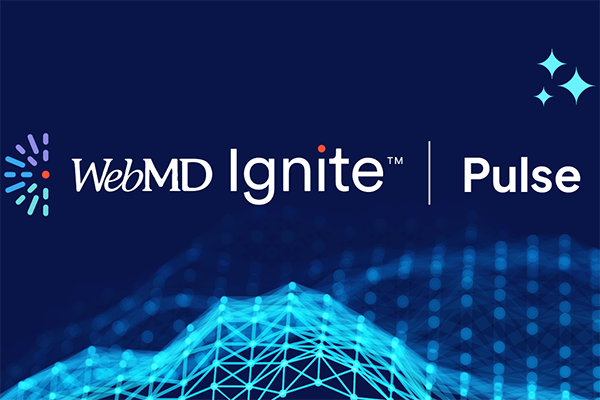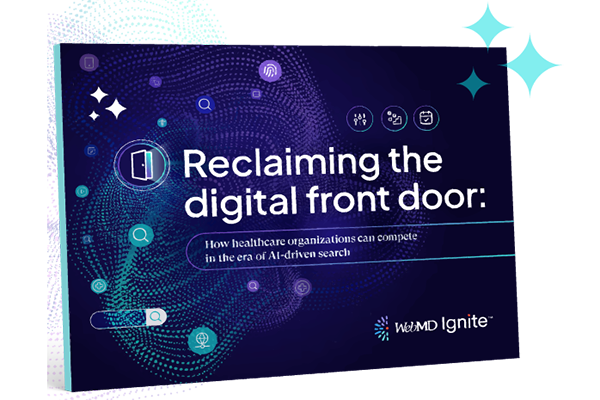Use reliable data to reach healthcare professionals 1:1

Editor's Note: This is the second of a three-part series offering insights into what healthcare marketers need to know to make informed decisions about using data to drive media campaigns, whom to get it from, and how to use it responsibly. Click here to view Part 1.
Thanks to NPI (National Provider Identifier) numbers, every healthcare professional (HCP) in the U.S. is individually identifiable. While these 10-digit numerical identifiers don’t change, physicians move; they change practices; they add certifications; and some even change specialties. Some say NPIs are “intelligence-free,” meaning that these changes are not automatically reflected in the NPI database. Therefore, real-time HCP insights via multiple verification approaches are critical to brands looking to drive more relevant impressions, increase the likelihood of conversion, and optimize performance for health-centric marketing campaigns.
Source, validate, and verify
HCP databases and associated opt-ins are built by pulling from several different sources. Think physician surveys, email marketing, and publisher data. These unique engagement and behavioral data points supplement data already obtained from the NPI registry or AMA (American Medical Association).
You need to be confident that the data you’re buying, or that is being used for your HCP campaigns, is accurate, up to date, and has the appropriate opt-ins. The closer the data sources are to the HCPs themselves, the more reliable the data is overall. Your goal is to get person-level opt-in data from as direct (and as close) to the HCP as possible so that you can reach relevant providers likely to refer to your brand, while they are on or off duty, and/or while researching or in clinical decision-making moments.
Ensure addressability and usability
For example, we know that Dr. Ross is associated with a specific email address at the hospital. We know who he is, where he practices, and we have accurately identified an email address associated with his practicing location. But in reality, it’s a generic email, with a high probability that Dr. Ross rarely, if ever, checks. Compound this with a targeted list of 2.5K email addresses for your referral campaign, you can expect wasted marketing spend and low performance as a result. That’s why it’s imperative that you’re buying and/or using addressable data. You want to reach real, known, and active HCPs 1:1, and with a high propensity to refer. You also want to know enough about them to craft relevant experiences that are mutually beneficial.
Final thought (for now)
HCP data can vary widely in its usefulness to you. That’s why you should put your efforts into finding reliable, validated, and current data points — because without those insights, you might be using the wrong tactics to reach your target HCP audiences.
Ready to start from the beginning? The first blog in this series discusses how to use data to gain insights and drive decision making. And, if you have questions about anything you read here, let's talk.




